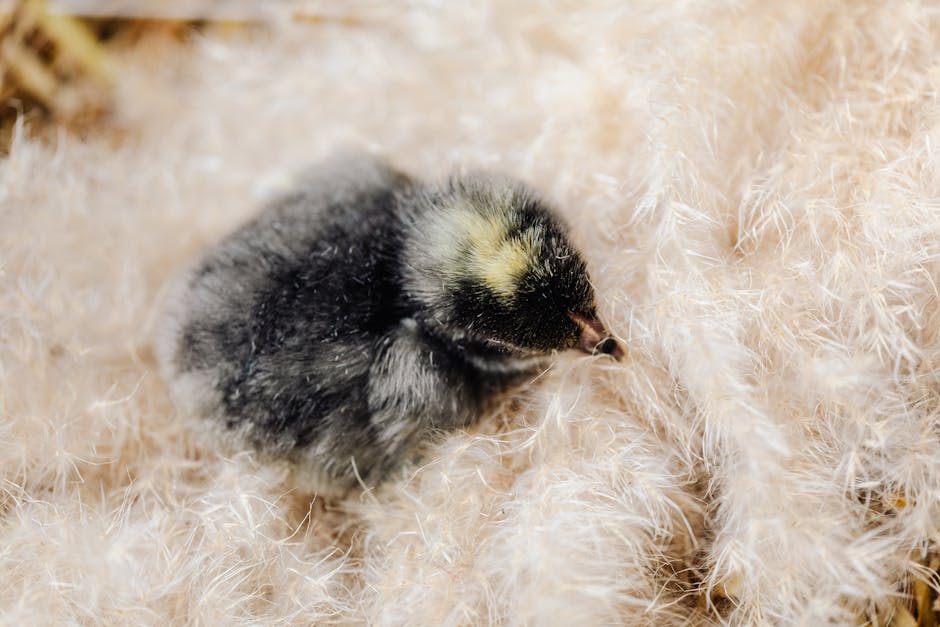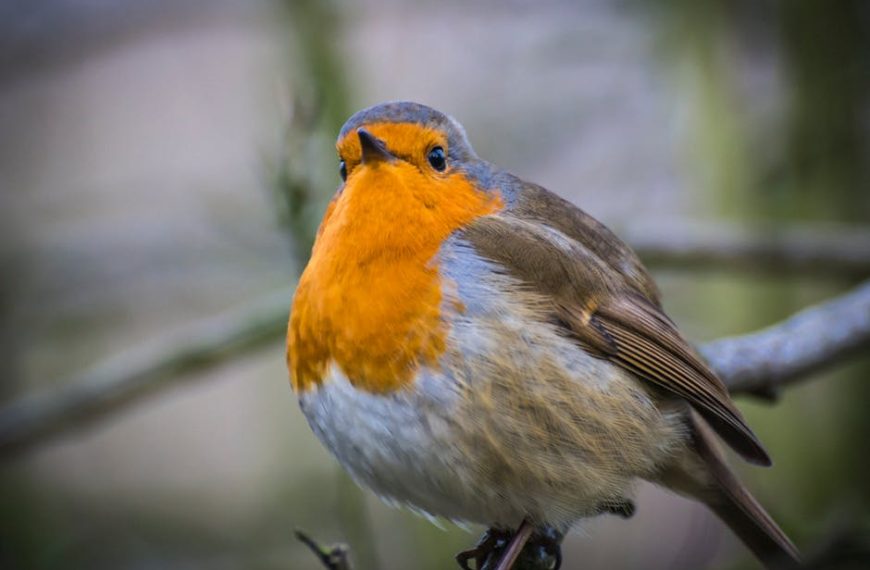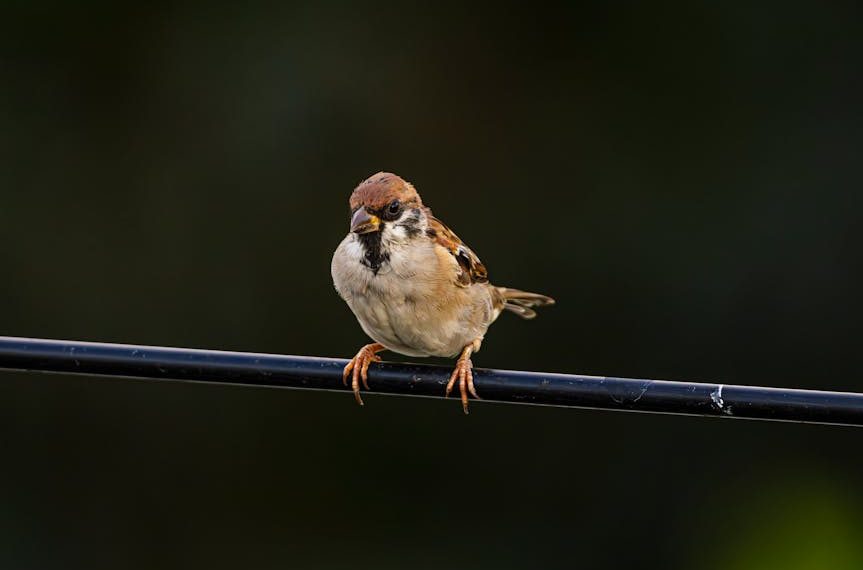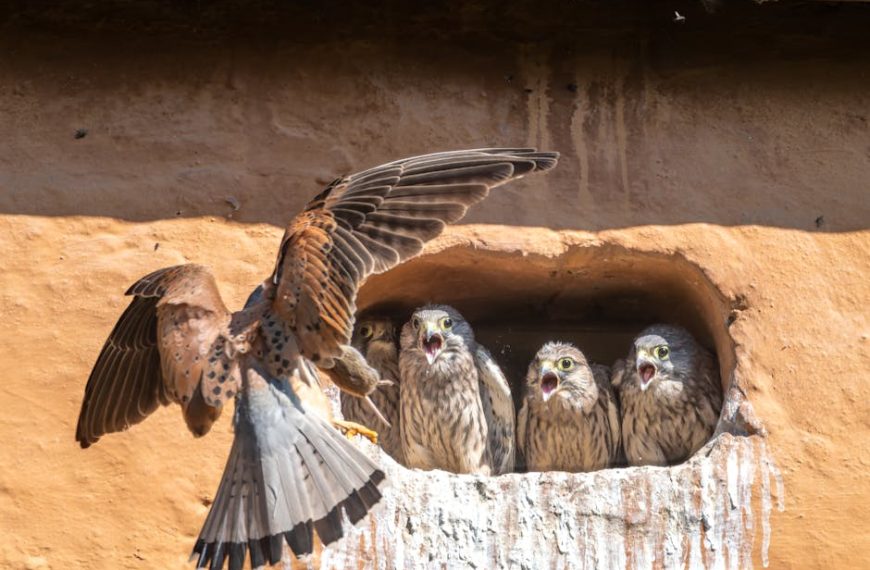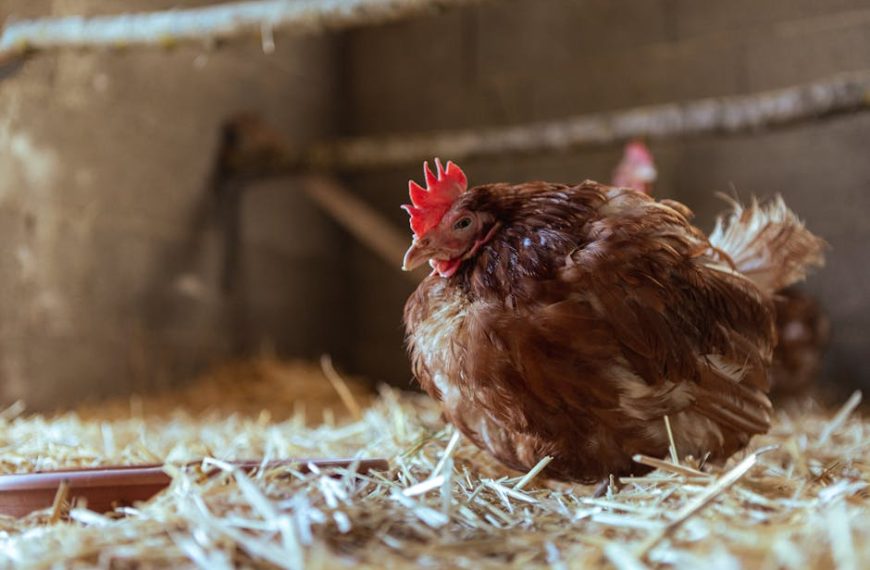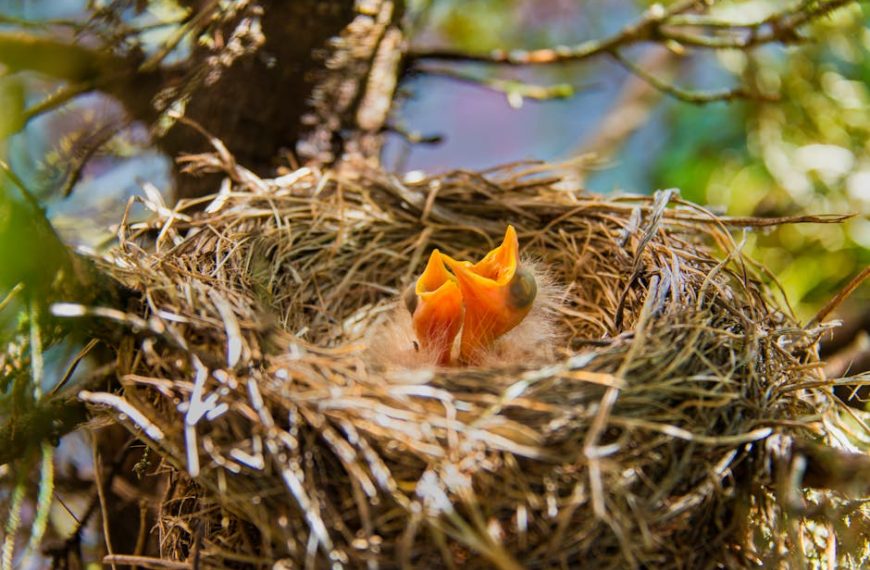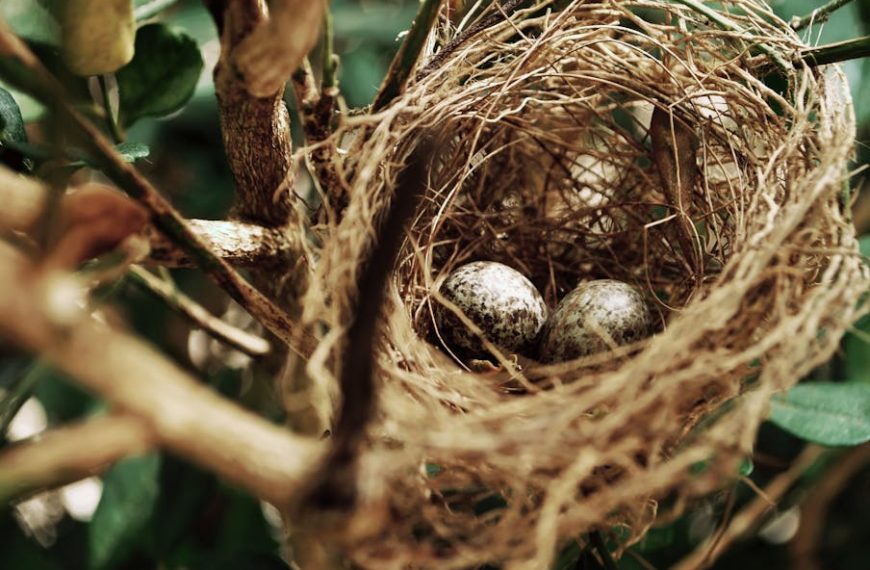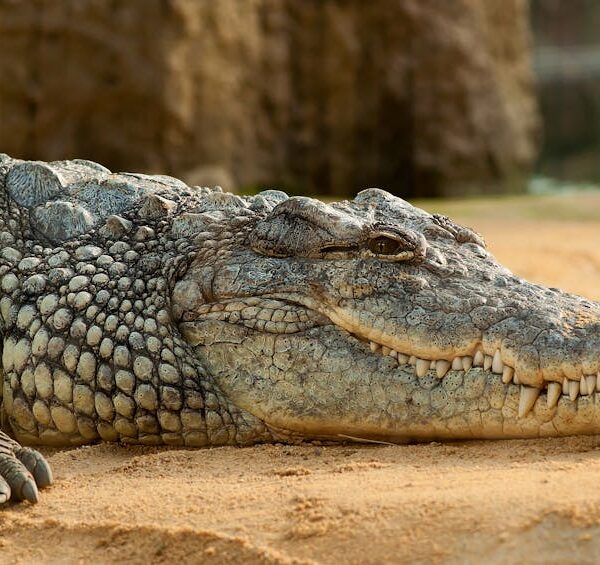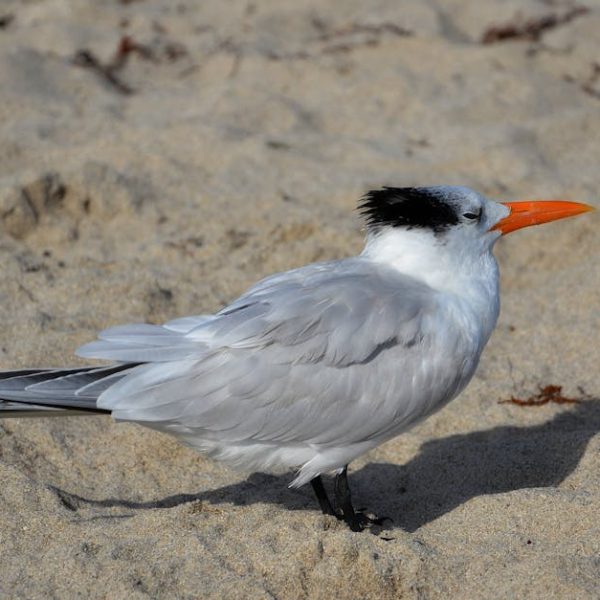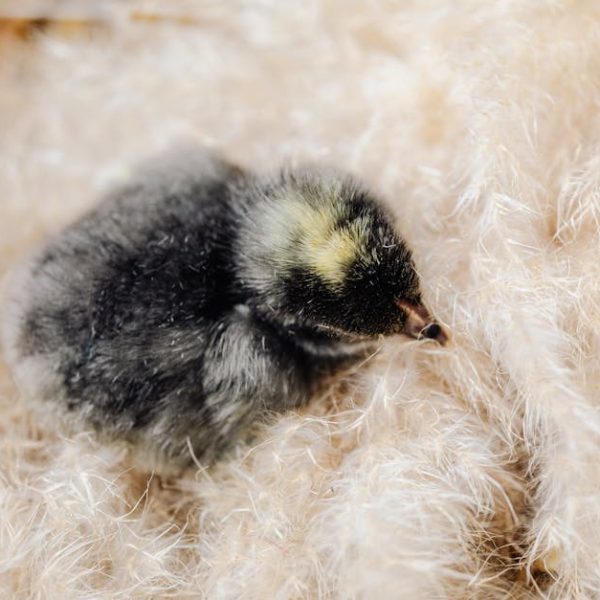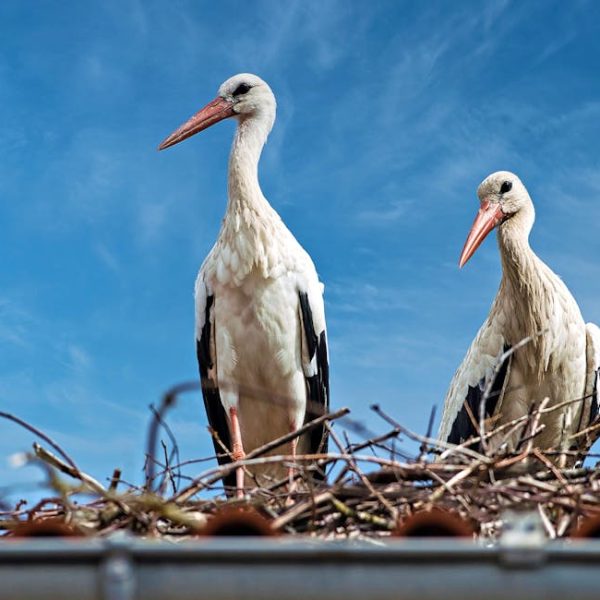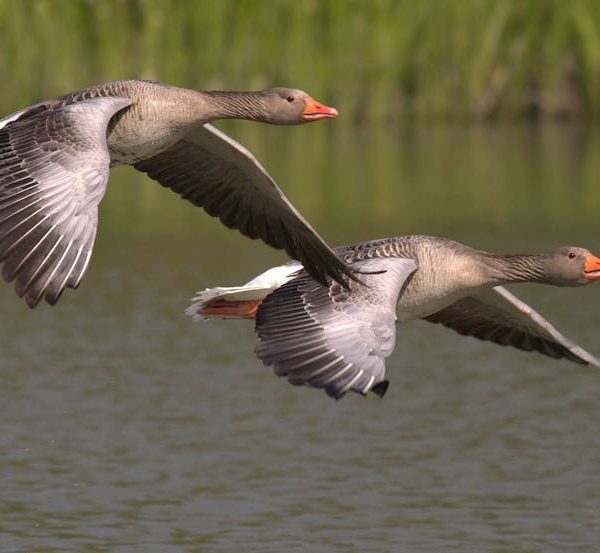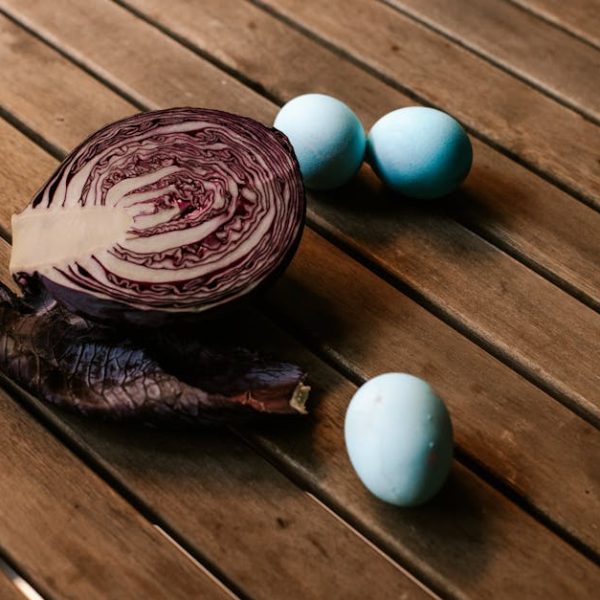Anyone who’s watched a bird’s nest from afar or stumbled upon an unhatched egg during a stroll in the park has probably found themselves wondering: just how long does it take for a bird to hatch from its egg? The process is a fascinating part of avian life, revealing a complex interplay between nature, nurture, and instinct. And though the specifics can vary widely depending on the species and various environmental factors, there are indeed common threads to this classic natural phenomenon.
Understanding Bird Reproduction and Egg-laying Cycle
Birds, much like any other species, have intricate reproduction processes that dictate their lifecycle. The egg-laying cycle is a significant part of this process, with different species having various timeframes for laying and incubating their eggs before they hatch.
For instance:
- A pigeon lays eggs that take roughly 18 days to hatch
- A Robin’s eggs typically hatch after 14 days
- Eagle eggs take significantly longer, with a hatching period of about 35 days
It’s also crucial to consider respect for wildlife when observing nesting birds. Always maintain a safe distance to avoid causing distress or disturbance, and never touch or relocate eggs unless under professional guidance.
Factors Influencing the Length of Bird Egg Hatching
The hatching timeline is far from set in stone, as it’s influenced by a myriad of factors. The bird species is the most substantial determinant, as illustrated by the comparisons above. Environmental conditions – temperature, humidity, and the overall stability of the nesting location – also play vital roles. For instance, steady, warm temperatures foster a timely hatching, while unexpected cold snaps may delay the process.
Below, we balance a few pros and cons of the key influences on bird egg hatching:
| Factors | Aids Hatching | Inhibits Hatching |
|---|---|---|
| Warm Temperatures | Provides optimal condition for the embryo | Extreme heat can be lethal |
| Wet Conditions | Ideal for some species | Can induce mold growth |
| Stable Nesting | Fosters continuous incubation | Disturbances can stress the bird and halt incubation |
When bird-watching, it’s essential to remember that our presence can affect this delicate process. Always observe from a safe distance, and follow local wildlife protection guidelines.
The Incubation Process and What Happens Inside a Bird’s Egg
Incubation is an incredible process that involves more than merely waiting for the egg to hatch. The bird embryo within grows and develops, evolving from a tiny speck into a fully formed bird. But for this to take place, the egg needs the warmth of its parents and a safe and stable environment.
Consider the following checklist for signs that an egg is nearing its hatching time:
- Noticeable movement inside the egg
- Audible chirping or peeping from within
- A visible break or crack on the egg’s surface, also known as pipping
Remember, spotting these signs shouldn’t prompt intervention. The process of emergence is vital for a bird’s survival, helping it build the strength and resilience needed for life outside the egg.
Intervention and Care for Hatching Eggs
As nature lovers, we occasionally find ourselves in situations where intervention becomes necessary. This could occur if a nest is destroyed, if the parents are absent or deceased, or in the scopes of bird rehabilitation efforts. However, it’s important to remember that usually, the best caregivers for bird eggs are their bird parents. Human intervention should only follow when indispensable and under professional guidance whenever possible.
Here’s a quick guide on how to intervene appropriately:
- Ensure the egg is viable: Clear, distinct veins and a growing, moving embryo are signs of a viable egg. If unsure, consult a professional.
- Provide a safe environment: If a nest has been destroyed, a small box lined with soft material like an old t-shirt can make a makeshift nest.
- Offer proper incubation: Place the egg in an incubator or under a heat lamp to replicate the warmth it would receive from its mother. Monitor the temperature closely.
Pro Tip: Caring for unhatched birds at home can be a complex task, especially for endangered or protected species. Always seek professional advice before intervening if possible.
The Hatching Phase and Emergence of Bird
The hatching phase is a fascinating event to watch, yet it’s also a time of extreme vulnerability for the bird. As the moments become near, the hatchling begins to move, eventually breaking the shell using its egg tooth – a small, temporary bump on its beak. The time it takes for a bird to fully emerge can range from a few hours to several days, depending on the species and individual condition.
For perspective, here’s a comparative list of hatching duration from shell breakage to complete emergence:
- A Sparrow takes approximately 14 hours
- A Parrot may successfully hatch in about 48 hours
- An Eagle, being a larger bird, can take up to 72 hours
Resisting the urge to intervene during hatching is crucial. The struggle to emerge independently is a vital part of the bird’s development, building the strength it will need to survive and thrive in the world outside.
In conclusion, the bird egg hatching process, while complex and variable, remains an awe-inspiring testament to the intricate cycle of life in nature. As observers and occasional caregivers, it’s essential to couple our curiosity and affection for these feathered wonders with a respectful, knowledgeable, and gentle approach. Always remember, hands off unless absolutely necessary – and when in doubt, seek professional advice.
Key Takeaway:
- The egg-laying cycle varies among bird species, influencing the incubation periods.
- Environmental conditions like temperature and humidity significantly affect the hatching timeline of bird eggs.
- Incubation involves the crucial developmental stages of a bird embryo leading up to hatching.
- Human intervention might be needed in certain situations, such as when a nest is destroyed or in bird rehabilitation settings.
- The hatching process entails the hatchling’s movements, the time it takes, and how the bird eventually emerges from the egg, varying across different bird species.
The intrigue surrounding bird egg hatching stages carries a sense of wonderment about these feathery creatures’ life cycles. As you explore this captivating process, remember to nurture your interest with respect and sensitivity towards these mighty miniature wonders of the avian world.
FAQs
Q: How can I tell if a bird egg is still viable during incubation?
A: Clear, distinct veins and a growing, moving embryo are signs of a viable egg. But for accurate information, it’s best to consult with an avian specialist.
Q: Can human intervention speed up a bird’s egg hatching process?
A: No, human intervention cannot speed up egg hatching. In fact, indiscriminate intrusion can cause stress and harm to both the bird and the egg, leading to potential complications.
Q: Are all bird hatchlings immediately able to fly after emerging from the egg?
A: No, after hatching, birds usually go through a fledgling stage where they are covered in down and are not yet capable of flight. This period varies for different species.
Q: Is it safe to incubate found hatching eggs at home?
A: Incubating bird eggs requires specific conditions that may be challenging to replicate at home. It’s always best to seek professional advice before intervening.
Q: What is the impact of climate change on bird hatching timelines?
A: Climate change can affect bird laying and hatching timelines by altering environmental conditions. Unseasonal temperatures might impact incubation rates and chick survival.
Feel free to share this article with fellow avian enthusiasts, and do check out our other posts for more fascinating insights into the world of birds.
